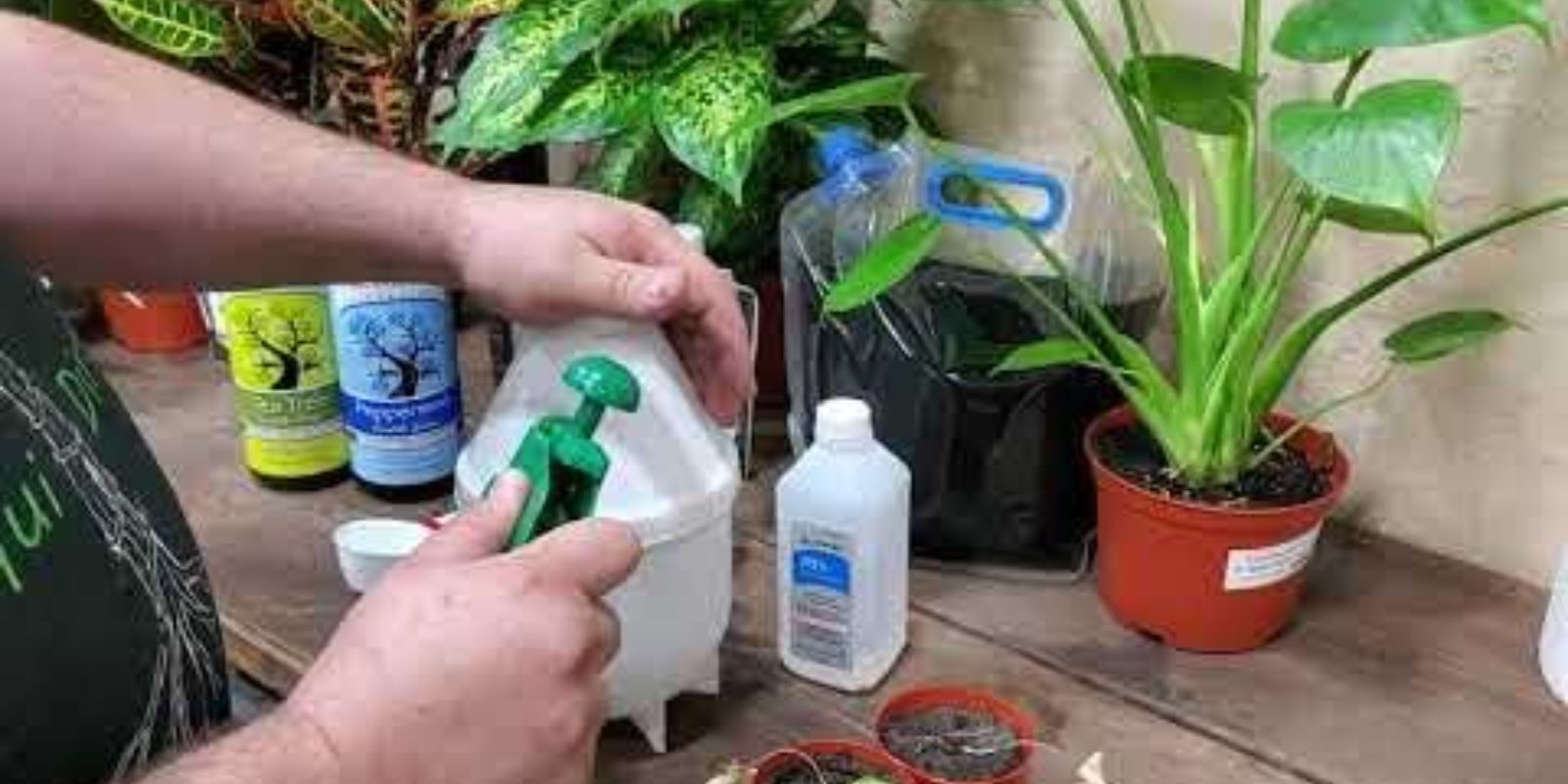Gardeners often face challenges with pests like spider mites and aphids that can damage plants and disrupt the health of their gardens. These tiny invaders can quickly become a significant problem if not addressed promptly. In this article, we’ll explore effective methods to eliminate spider mites and aphids, ensuring your garden remains healthy and vibrant.
Introduction
Spider mites and aphids are common pests that can cause extensive damage to plants. Spider mites are minuscule, barely visible to the naked eye, and they create fine webbing on the undersides of leaves. Aphids, on the other hand, are soft-bodied insects that feed on plant sap, often clustering on young shoots and leaves. Both pests can lead to reduced plant vigor, stunted growth, and in severe cases, plant death. Fortunately, with the right approach, you can effectively control and eliminate these pests, restoring your garden to its former glory.
Identifying the Pests
Spider Mites:
- Appearance: Spider mites are very small, about the size of a pinhead, and can be red, green, or brown. They create fine webbing on plant surfaces.
- Damage Signs: Look for stippling or speckled leaves, leaf drop, and fine webbing on plants.
Aphids:
- Appearance: Aphids are small, soft-bodied insects that can be green, black, yellow, or red. They often cluster on new growth and the undersides of leaves.
- Damage Signs: Watch for curling leaves, stunted growth, and sticky honeydew excretions on leaves and surrounding areas.
Effective Methods for Killing Spider Mites
- Using a Soapy Solution
How It Works:
A mixture of water and dish soap suffocates spider mites and disrupts their cell membranes.
How to Use:
- Solution Preparation: Mix one part water with one part rubbing alcohol or a few drops of dish soap.
- Application: Spray the solution directly onto affected plant areas, focusing on the undersides of leaves where spider mites hide. Repeat every 3-4 days until the infestation is under control.
- Applying Neem Oil
How It Works:
Neem oil acts as an insecticide and repellent, disrupting the life cycle of spider mites and preventing them from reproducing.
How to Use:
- Solution Preparation: Mix 2 tablespoons of neem oil with 1 gallon of water. Add a few drops of dish soap to help emulsify the oil.
- Application: Spray the mixture thoroughly on the plants, covering all leaf surfaces. Apply weekly until the infestation is gone.
- Using Predatory Mites
How It Works:
Beneficial predatory mites, such as Phytoseiulus persimilis, prey on spider mites, providing natural control.
How to Use:
- Application: Release predatory mites into your garden according to the manufacturer’s instructions. Ensure you provide a habitat conducive to their survival.
Effective Methods for Killing Aphids
- Soapy Water Solution
How It Works:
A soapy water mixture disrupts the aphids’ exoskeleton, leading to their death.
How to Use:
- Solution Preparation: Mix one tablespoon of dish soap with one quart of water.
- Application: Spray the soapy solution directly onto aphid-infested plants, making sure to cover all affected areas. Repeat every few days as needed.
- Using Insecticidal Soap
How It Works:
Insecticidal soap is a commercial product designed to target soft-bodied insects like aphids.
How to Use:
- Solution Preparation: Follow the manufacturer’s instructions for dilution and application.
- Application: Spray the solution onto the infested plant parts, covering both the tops and undersides of leaves.
- Releasing Beneficial Insects
How It Works:
Natural predators like ladybugs and lacewings feed on aphids and can significantly reduce their numbers.
How to Use:
- Application: Introduce beneficial insects into your garden. Ensure you provide suitable conditions for their survival and reproduction.
General Pest Control Tips
- Regular Monitoring
How It Works:
Regularly inspecting your plants helps catch pest problems early before they become severe.
How to Use:
- Routine Checks: Examine plants weekly, focusing on new growth and the undersides of leaves.
- Maintaining Plant Health
How It Works:
Healthy plants are better equipped to withstand and recover from pest damage.
How to Use:
- Care Practices: Provide adequate water, nutrients, and proper spacing to avoid stress and susceptibility to pests.
- Improving Garden Hygiene
How It Works:
Cleaning up debris and fallen leaves reduces hiding places for pests and their eggs.
How to Use:
- Garden Clean-Up: Regularly remove plant debris, weeds, and fallen leaves from the garden.
Preventing Future Infestations
- Rotate Crops
How It Works:
Rotating crops helps break the life cycle of pests and reduces the likelihood of recurring infestations.
How to Use:
- Planning: Change the location of susceptible plants each season.
- Use Physical Barriers
How It Works:
Physical barriers can prevent pests from reaching plants.
How to Use:
- Options: Use row covers, netting, or plant cages to protect plants from pests.
- Implement Companion Planting
How It Works:
Certain plants can repel pests or attract beneficial insects.
How to Use:
- Companions: Plant marigolds, garlic, or chives near susceptible plants to deter pests.
Motivation
Effective pest management is key to maintaining a thriving garden. By using these strategies to control spider mites and aphids, you can protect your plants and enjoy a flourishing garden. Start implementing these methods today and see the difference for yourself!
Conclusion
Dealing with spider mites and aphids can be challenging, but with the right techniques and proactive measures, you can manage these pests effectively. From using soapy solutions and neem oil to releasing beneficial insects and maintaining garden hygiene, these methods offer practical solutions for keeping your garden healthy. Embrace these strategies to ensure your plants remain robust and productive, and enjoy a pest-free garden year-round. Happy gardening! 🌿🌟

